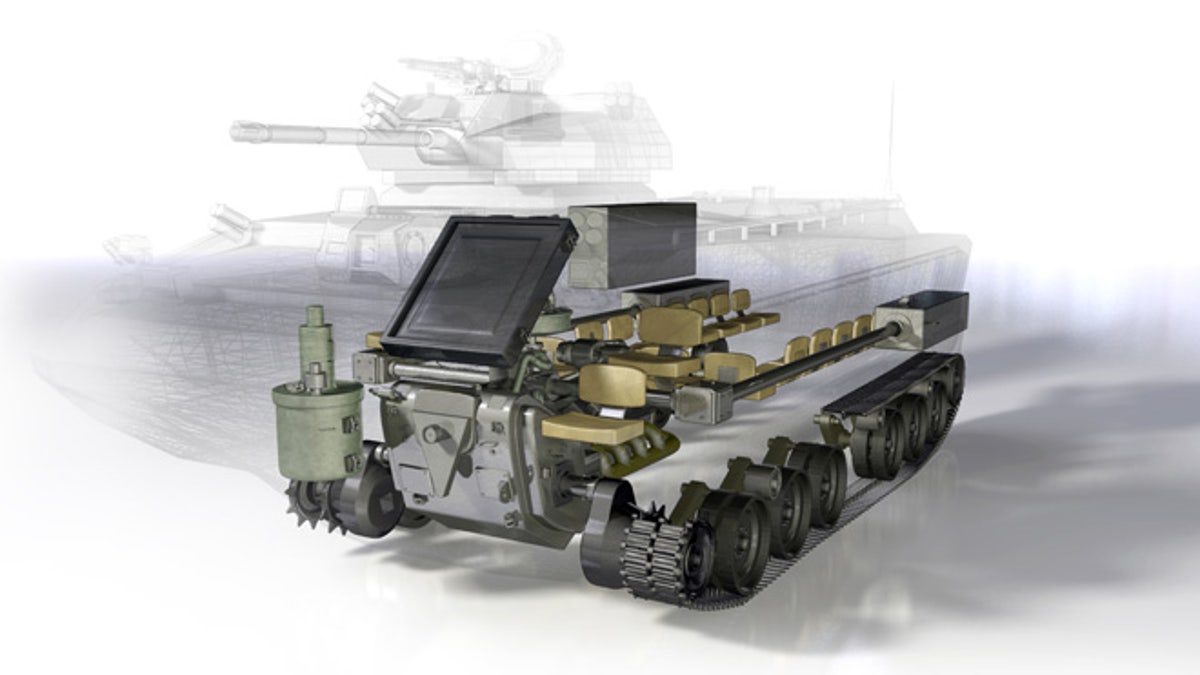
(DARPA)
The U.S. Marine Corps needs some FANGs, and you can help.
The Defense Advanced Research Projects Agency (DARPA) is currently running an online competition to design a new Amphibious Combat Vehicle (ACV) for the military branch.
The Fast, Adaptable, Next-Generation Ground Vehicle (FANG) program is utilizing the agency’s online, crowd-sourced VehicleFORGE community to develop ideas for the ACV, while demonstrating this nimble, relatively low-cost method for acquisition.
The competition is open to all U.S. citizens with a knack for this sort of thing and is broken into three challenges covering the drivetrain, chassis and total platform, with prizes up to $2 million. It apes the type of co-creation activities pioneered by Arizona's Local Motors, which helped DARPA run its XC2V Combat Support Vehicle challenge a few years ago.
The requirements for the ACV call for a mine-resistant armored amphibious vehicle capable of being deployed from 12 miles offshore, attaining a speed of 8 knots on water, carrying heavy weapons and able to fit up to 17 passengers.
The first round recently ended and was won by a three-person team of engineers made up of a father, son and family friend working from three different cities, all with prior experience on military projects. The goal was to design a drivetrain/mobility system that would meet the parameters of the project.
Their submission was virtually tested against over 200 other entries in areas that included land and water speed and maneuverability. Although an image has been revealed, fitting of a military project the technical details remain secret as the team retains ownership of the design, along with a $1 million prize.
The second million-dollar challenge starts later this year and will focus on composing a vehicle that can meet targets for payload and survivability, using a standard drivetrain presented to entrants as a starting point.
The final stage of the competition is a total platform challenge that will take place in 2014, requiring competitors to “assemble component models into a functional vehicle architecture.” The winning design is worth $2 million to its developers and will be built and evaluated in the real world. DARPA does not guarantee it will be chosen by the Marines as the ACV, but it will be submitted as a proposal for that vehicle, which is scheduled to enter operation by 2022.